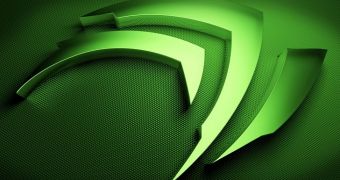NVIDIA, Intel, and AMD are not always rivals and they proved that by organizing a joint panel at the Game Developer Conference 2014 in San Francisco to explain to developers how they can unlock the amazing potential of OpenGL.
It seems that the hardware companies have finally understood that together they have a much better chance of getting through to the developers. The mission of this joint NVIDIA, AMD, and Intel panel was to make developers understand that they can unlock a lot more power from OpenGL.
OpenGL is a 2D and 3D graphics application programming interface (API) that is widely used in the industry. The beauty of it is that it's open source and all the hardware makers and software developers have access to the same tools. Nothing is hidden from the potential users, and this is one of the great strengths of this platform.
It also ensures that applications and games developed with OpenGL are compatible with a vast array of platforms, including Linux. When developers use proprietary solutions like Direct 3D for example, they close the door on other platforms like Linux and Mac OS X. The engineers from NVIDIA, AMD, and Intel joined forces to explain how developers can really use OpenGL to its full potential.
“AMD’s Graham Sellers, Intel’s Tim Foley, and our own Cass Everitt and John McDonald [NVIDIA] appeared on the same panel to explain the high-level concepts available in today’s OpenGL implementations that reduce driver overhead by up to 10x or more. With OpenGL, an open, vendor-neutral standard, developers can get significantly better performance – up to 1.3 times. But with a little tuning, they can get 7 to 15 times more performance,” reads the announcement on the official NVIDIA blog.
The developers present at the panel also showed in a number of demos what the practical applications for getting these OpenGL optimizations in place are. The best aspect of these improvements is that they are working cross-platform, which means it doesn't matter if you have a Linux system or a Windows one.
NVIDIA and other similar hardware companies are going to great lengths to make sure that Linux and other platforms start getting the attention they deserve. It's true that NVIDIA has also collaborated with Microsoft for DirectX 12, but it is also making great strides on the open source platforms.
Be sure to check out the slides from the joint venture panel for more details about these new OpenGL optimizations.

 14 DAY TRIAL //
14 DAY TRIAL //